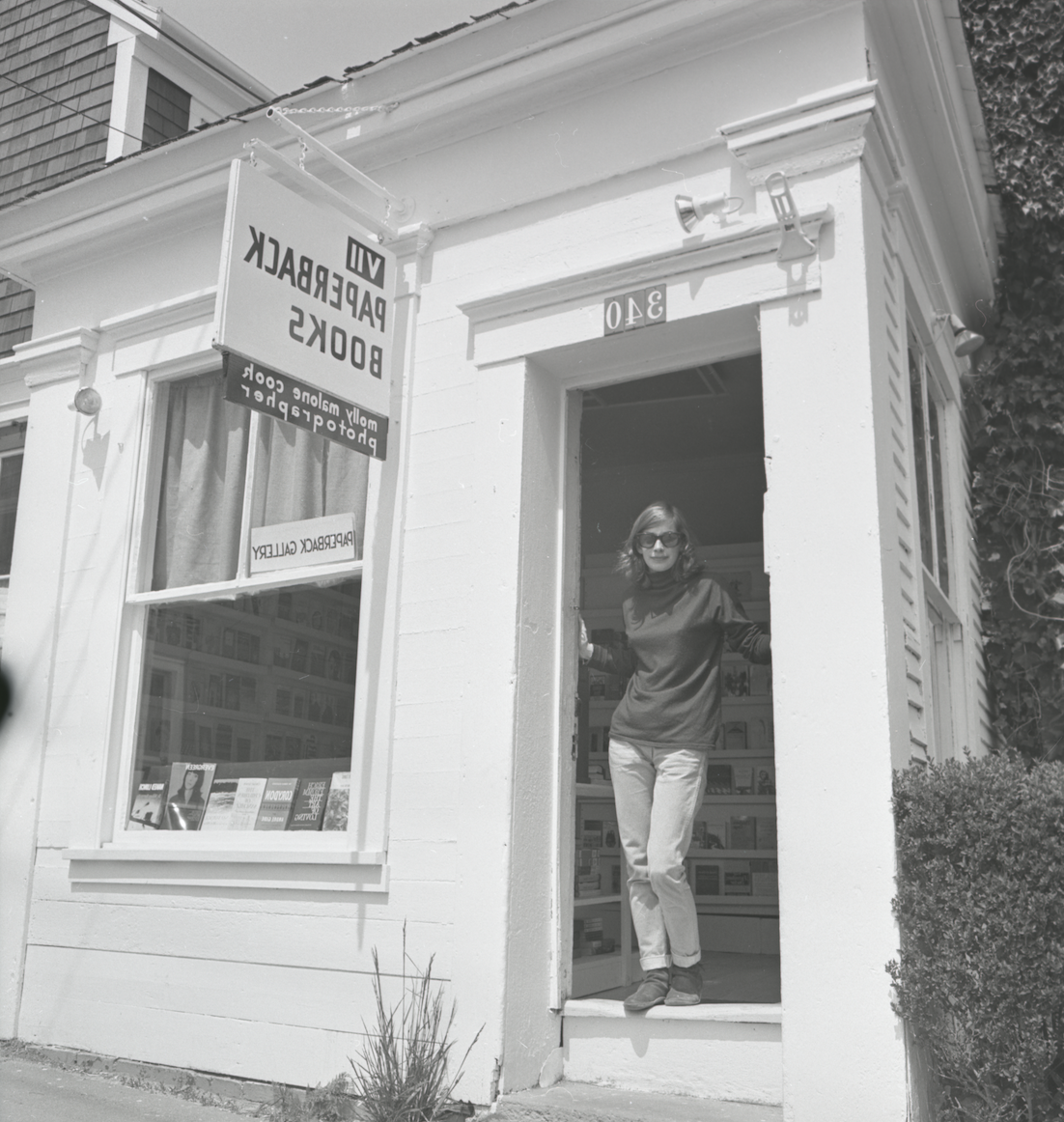From 1959 to 1964, Molly Malone Cook owned VII, a photography gallery — it was likely the first photography gallery in Northeast America. When Molly was raising funds for the gallery, someone asked her if she was “crazy or rich,” and she responded, “Well, I’m not rich.” [1]
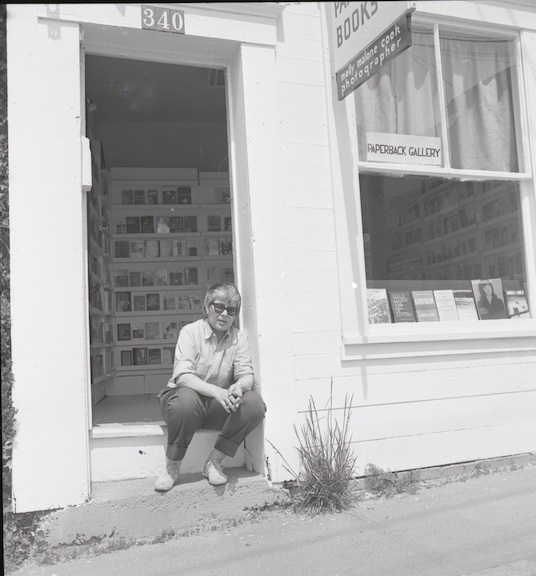
After selling prints for several years, and helping to establish photography as a fine art form in Provincetown, the gallery turned into a bookstore.
The Bookstore, Described by Mary
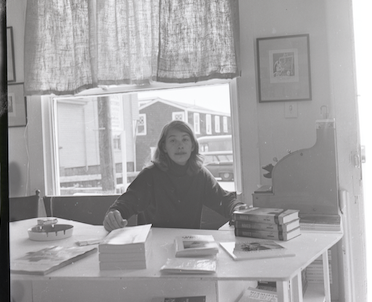
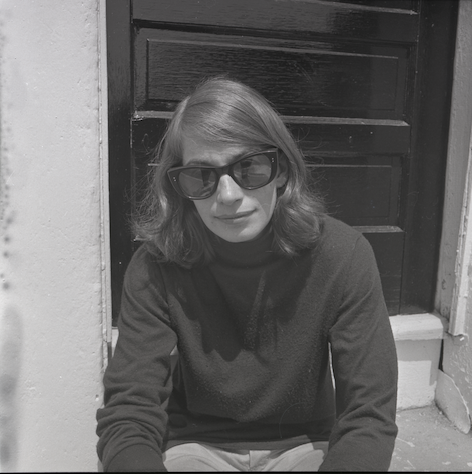
“The Gallery’s final season was the summer of 1964. Many people had come to look and to admire, but not enough people bought photographs for the Gallery to be a viable way of life. To help the situation M. had added the sale of books, opening the East End Bookshop. Photographs were still there, on all available wall space, but the predominant business in that combination was literature. In the sixties whole families came to Provincetown, with their children and their children’s summer reading lists, and M.’s selection provided their needs and, for us (we had begun to live together in the Gallery’s final year), a more possible life.”
“Previously M. had gone back to New York for the winter, but that long fall we kept lingering, feeling our roots settling into that magical and beautiful town, and so we stayed on. It was difficult no tourists in winter, few buyers of books. But still, M. was taking and printing her own photographs, I was writing poems at the kitchen table, and we were young. And anyway so many painters and writers in Provincetown in those years were also doing their work, living in shacks, playing in the sun or the snow. None of us had much money to count, or thought much about it.” [2]
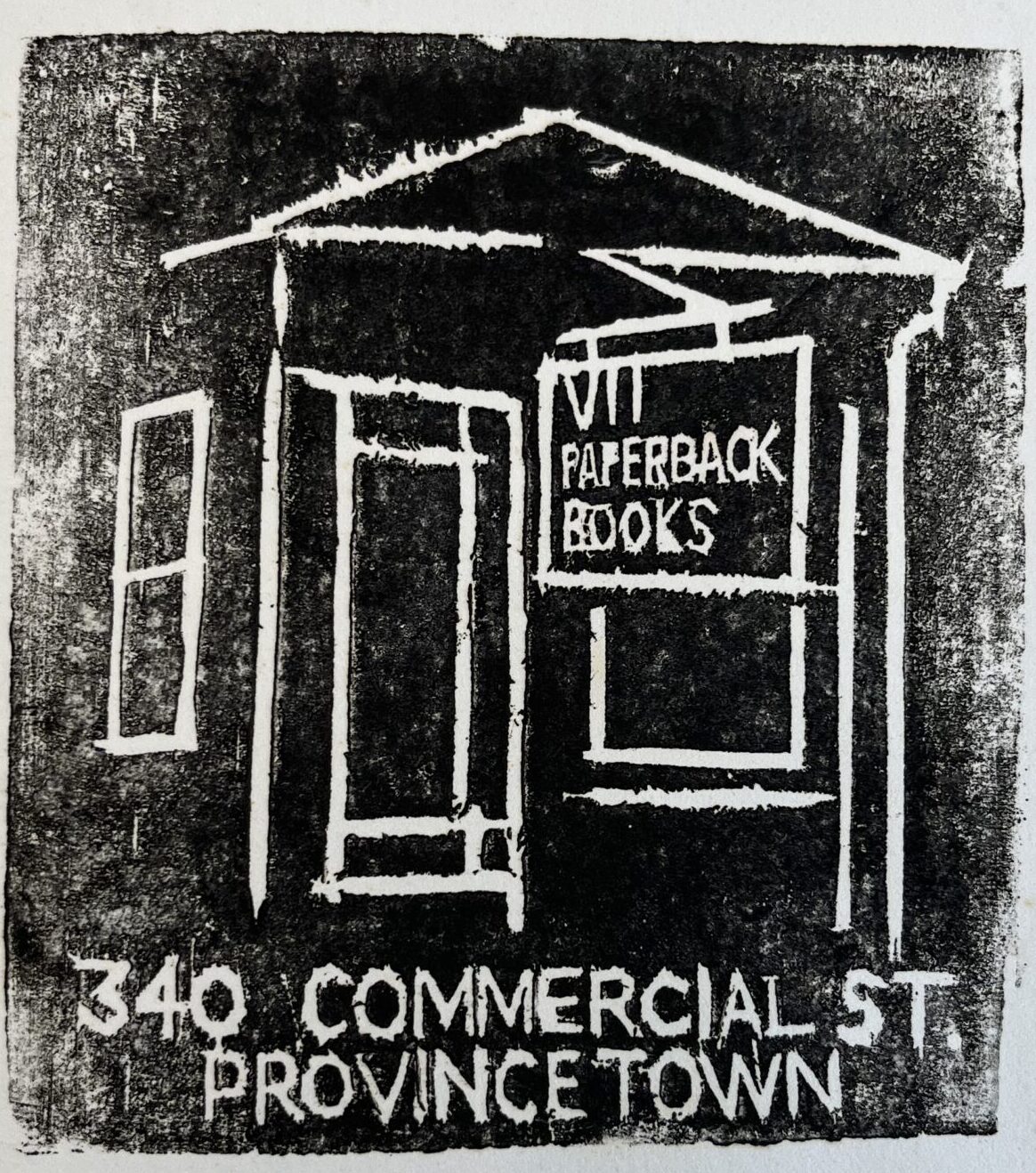
The Bookstore, described by John Waters
Actor and filmmaker John Waters worked at the later edition of Cook’s bookstore, the East End Bookshop, in the late 1960s and early ’70s.
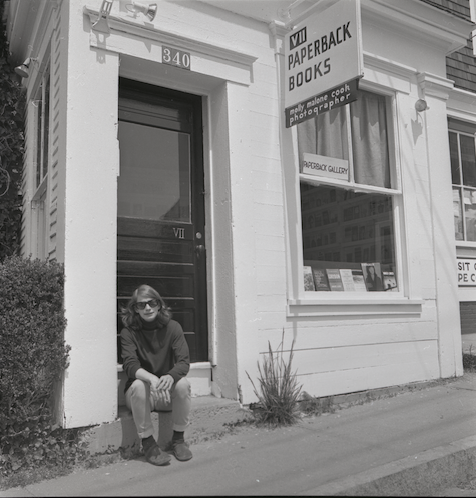
He writes that “the working conditions at the bookstore were great. Molly’s basic policy was “the customer is always wrong.” That summer Valley of the Dolls was on the best-seller list and was the ultimate “beach read,” but we didn’t carry it—Molly thought this book was beneath contempt. “You don’t have Valley of the Dolls?” stupefied customers would moan before Moliy showed them to the door with a literary confidence that gave me the shivers. And woe to the poor soul who ever said anything negative against the work of Norman Mailer. “Get out!” Molly would bark, thrilled to lose a sale from anyone who dared question the brilliance of any of her friends’ novels. [3]
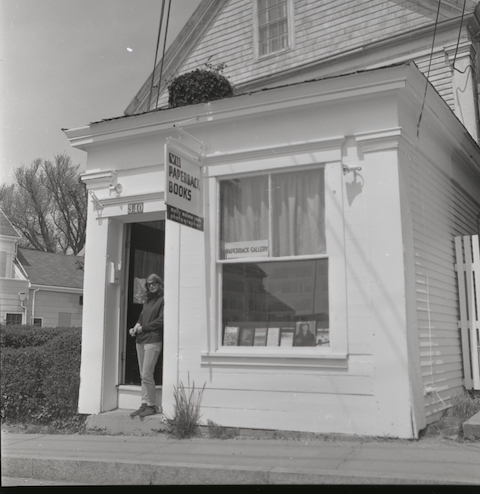
“Molly’s partner for over forty years, was lurking around the back of the store, dressed in a winter peacoat in the height of summer and being reborn as the amazing poet the whole world was about to meet….I began to realize what a huge inspiration she was to Molly, how strong and private their relationship was, and what a great couple they were.”
John Waters also describes the two, succinctly, as “hard-core dog fanatics.”
[1]The Molly Malone Cook papers at the Sophia Smith Collection of Women’s History at Smith College, Sophia Smith Collection, SSC-MS-00595, Smith College Special Collections, Northampton, Massachusetts. https://findingaids.smith.edu/repositories/2/resources/1147.
[2] Cook, Molly Malone, and Mary Oliver. Our World. Beacon Press, 2009.
[3] Waters, John. “Memorial Eulogy.” Provincetown Arts, 2006.
